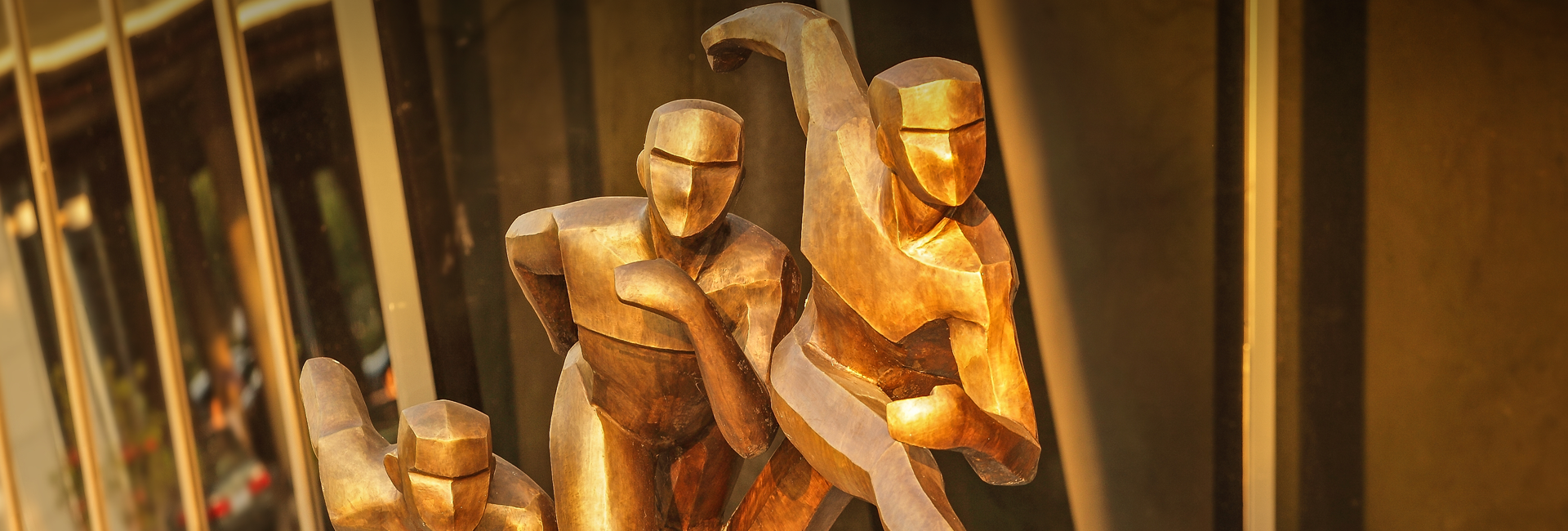by
David Ong, PHBS
Tuesday, March 1, 2016 | 2:00pm-3:30pm | Room 331, HSBC Business School Building
Abstract
Many empirical studies show a robust labor market beauty premium, which surprisingly, is larger for men than women, and moreover, in fields where beauty should not be related to productivity, e.g., software engineering. However, productivity related confounders, discrimination by customers, and employers have been difficult to rule out. Importantly, this literature has largely ignored the possibility of sorting by beauty before entry into the labor market. We tested for such sorting by sampling 1800 online social media profiles across a wide range of universities in the US and in China. We hypothesized that there would be no correlation between the beauty of students and the rank of the university in China, because Chinese universities use only beauty blind standardized tests scores to admit students. We hypothesized that we would find such a correlation among US students, because US universities also use extracurricular activities, interviews, and grades. Aggregating across genders and majors, our hypothesis for China was confirmed, while our hypothesis for the US was confirmed only for White men. Only they are better-looking at higher ranked schools. However, disaggregating, we also found that male math majors and business majors of both genders are better-looking at higher ranked schools in China, while non-math majors are better-looking at lower ranked schools. Moreover, it turns out that the key difference across countries is that non-math majors are better-looking at higher ranked schools in the US, and this is driven by White men. Our findings in the US could help explain the greater beauty premium for men in the West. We explore prenatal testosterone and marriage market competition as potential explanatory factors for our findings in China.








